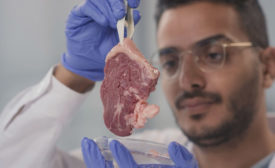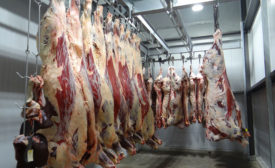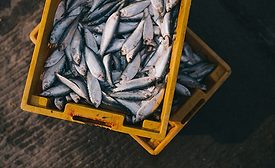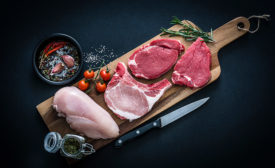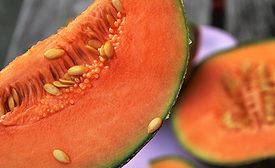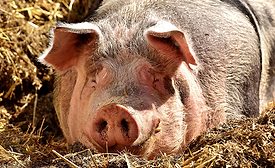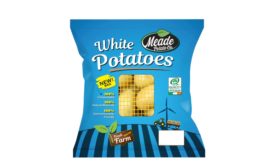Food Type
When determining shelf life for meat products, the use of predictive modeling can help prevent spoilage and preserve freshness
Read More
Training the Next Generation of Meat Scientists
A look at the Meat Science & Animal Biologics Discovery food safety program at the University of Wisconsin
October 18, 2021
What We Learned from COVID-19 Infections in Meat and Poultry Workers
Lessons from the meat and poultry processing industry about coronavirus spread and prevention
August 12, 2021
Conquering Food Safety Challenges for Plant-Based Ingredients
Ingredients in plant-based food products introduce unique challenges for food safety
August 12, 2021
A Small Survey of Food Safety Practices by Frozen Vegetable Suppliers
A glimpse into the practices of the frozen-food supply chain
June 20, 2021
A Foreign Material Prevention Equation Based on Listeria Control in Meat Plants
Keeping adulterants out using strategies for pathogen prevention
June 17, 2021
Never miss the latest news and trends driving the food safety industry
eNewsletter | Website | eMagazine
JOIN TODAY!Copyright ©2025. All Rights Reserved BNP Media.
Design, CMS, Hosting & Web Development :: ePublishing
